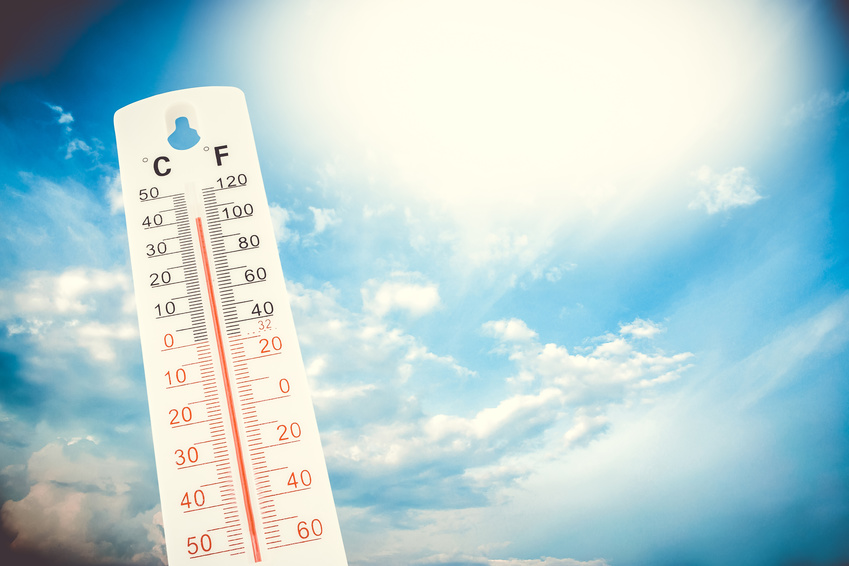
Heat records are being broken twice as often as cold records, new data shows. According to a new Associated Press data analysis, Americans are twice as likely to experience record-breaking heat waves than they are to experience record-setting cold weather.
Researchers analyzed 424 weather stations throughout the U.S. that had consistent temperature records since 1920. They counted how many times daily hot temperature records were either broken or tied and how many new cold records were set.
The numbers of record-breaking heat waves and record-setting cold snaps ought to be equal in a stable climate. However, the climate ratio has been two hot records for every cold record since 1999. In 16 out of the last 20 years, there have been more daily high temperatures than record low temperatures.
Climate and data scientists agreed the conclusion to the study was correct and consistent with other scientific peer-reviewed studies. These weather trends have become more prominent over the last few decades, showing signs of human-caused climate change.
“We are in a period of sustained and significant warming and, over the long run, will continue to explore and break the warm end of the spectrum much more than the cold end,” said Deke Arndt, monitoring chief at the National Oceanic and Atmospheric Administration.
Guy Walton, a meteorologist who has studied hot and cold extreme records since 2000, said this climate trend is unmistakable. “You are getting more extremes,” he said. “You chances for getting more dangerous extremes are going up with time.”
These climate changes are having a major impact on the environment. Studies have shown that rising temperatures could cause bee population and other insects to go extinct, leaving pest populations unchecked. Without pest control, pests would destroy 50% of our food supply.
The European Union banned bee-killing pesticides in April 2018, but the U.S. has yet to follow suit. There are about 81,000 agricultural propane customers in the U.S. and Texas alone has over 60 different types of soil.
Restrictions on bee-killing pesticides and changes in how we use soil could potentially reduce the effects of climate change on the environment.
Arndt says that scientists often talk about human-caused climate change in terms of changes in average temperatures. But it’s not these average temperatures that are sending people to the hospital. It’s the extreme temperature during the summer.
One recent study found that 36,000 people on average visit the hospital because of excessive summer heat.
“The extremes affect our lives,” said Arndt. Extreme weather is also expensive, he says, what with hospital stays, rising energy bills, and crop losses.
Gerald Meehl, a climate scientist with the National Center for Atmospheric Research, said that Americans pay more attention to climate when hot and cold records are broken. Young climate activists throughout the U.S. are hoping to change that.
The Sunrise Movement, comprised of a small team of young organizers, was founded in April 2017 to urge political action against climate change. The group has recently pledged its support of the Green New Deal.
“I took the fall semester off from school to volunteer full time with them, working on midterm elections in Orlando, Florida,” said Sunrise member Marcela Mulholland, 21, from Fort Lauderdale. “We were knocking on a lot of doors, talking to people about the candidates that we endorse because they had either signed the No Fossil Fuel Money pledge or had a climate policy.”
Chris Field, a climate scientist from Stanford, says that the daily temperature records will tell us more about what’s happening with climate change. But, he says, the impacts of climate change almost always come packaged in extreme temperatures.

